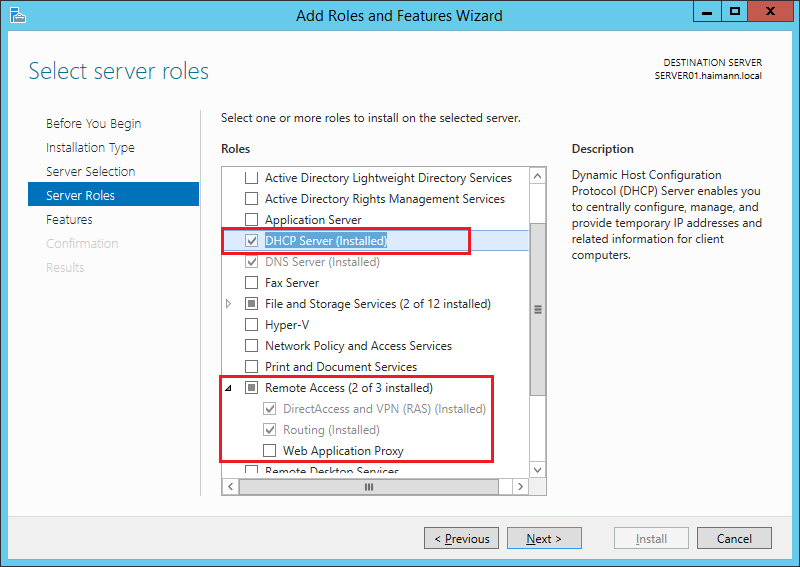

The implications of enabling NAT mode are as follows: There is a DHCP server on the LAN, but it does not have enough IP addresses to assign to wireless clients There is no DHCP server on the LAN that can assign IP addresses to wireless clients Wireless clients associated to the SSID only require internet access, not access to local wired or wireless resources.NAT mode should be enabled when any of the following is true: In NAT mode, Meraki APs run as DHCP servers to assign IP addresses to wireless clients out of a private 10.x.x.x IP address pool behind a NAT. The implications of enabling bridge mode are as follows: If IPv6 is used on the network see the article on IPv6 bridging for more information.Wireless traffic needs to be VLAN-tagged between the Meraki AP and the upstream wired infrastructure.Wired and wireless clients need to have IP addresses in the same subnet for monitoring and/or access control reasons (e.g., a web gateway in the network allows/denies internet access based on the client’s IP address).The wireless network needs to support legacy VPN clients (i.e., those that do not support NAT Traversal).Layer 2 multicast and broadcast packets (e.g., ARP, Bonjour) need to propagate in a limited manner to both wired and wireless clients for device discovery, networking, etc.Wired and wireless clients in the network need to reach each other (e.g., a wireless laptop needs to discover the IP address of a network printer, or wired desktop needs to connect to a wireless surveillance camera).In bridge mode, the Meraki APs act as bridges, allowing wireless clients to obtain their IP addresses from an upstream DHCP server.īridge mode should be enabled when any of the following is true:


 0 kommentar(er)
0 kommentar(er)
